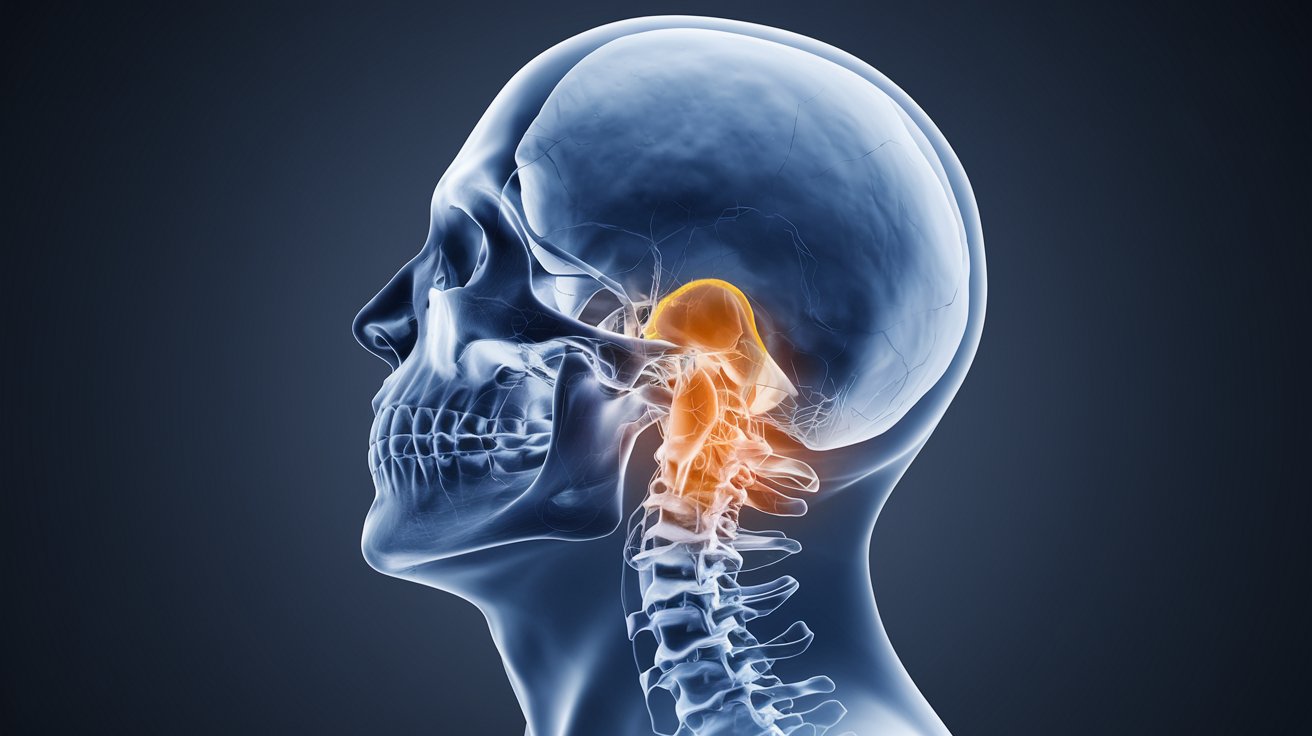
G-proteins are like the body's tiny messengers, playing a crucial role in transmitting signals from outside the cell to the inside. These proteins are involved in many processes, including vision, smell, and even mood regulation. Ever wondered how your body knows to react to a sudden scare or how your heart rate increases when you exercise? That's G-proteins at work! They act as middlemen between receptors on the cell surface and the internal machinery that makes things happen. Understanding these proteins can help us grasp how medications work and why certain diseases occur. Ready to dive into some fascinating facts about G-proteins? Let's get started!
What Are G-Proteins?
G-Proteins, or guanine nucleotide-binding proteins, play a crucial role in transmitting signals from outside the cell to the inside. They act like molecular switches, turning on or off various cellular processes.
- G-Proteins are involved in transmitting signals from hormones, neurotransmitters, and other signaling molecules.
- They are called G-Proteins because they bind to guanine nucleotides (GDP and GTP).
- G-Proteins are found in all eukaryotic cells, from yeast to humans.
- They are essential for many physiological processes, including vision, taste, and smell.
Structure of G-Proteins
Understanding the structure of G-Proteins helps in grasping how they function. They are composed of three subunits: alpha, beta, and gamma.
- The alpha subunit binds to GDP or GTP and has intrinsic GTPase activity.
- The beta and gamma subunits are tightly bound and function as a single unit.
- The alpha subunit is responsible for the activation of downstream signaling pathways.
- The beta-gamma complex can also activate certain signaling pathways independently of the alpha subunit.
How G-Proteins Work
G-Proteins act as molecular switches. They toggle between active and inactive states based on the binding of GDP or GTP.
- In the inactive state, the alpha subunit is bound to GDP.
- When a signaling molecule binds to a receptor, it causes the exchange of GDP for GTP on the alpha subunit.
- This exchange activates the G-Protein, causing the alpha subunit to dissociate from the beta-gamma complex.
- The activated alpha subunit and beta-gamma complex can then interact with other proteins to propagate the signal.
- The intrinsic GTPase activity of the alpha subunit eventually hydrolyzes GTP to GDP, returning the G-Protein to its inactive state.
Types of G-Proteins
There are several types of G-Proteins, each with specific roles in cellular signaling.
- Gs proteins stimulate the production of cyclic AMP (cAMP) by activating adenylate cyclase.
- Gi proteins inhibit the production of cAMP by inhibiting adenylate cyclase.
- Gq proteins activate phospholipase C, leading to the production of inositol trisphosphate (IP3) and diacylglycerol (DAG).
- G12/13 proteins are involved in the regulation of the cytoskeleton and cell movement.
G-Proteins in Health and Disease
G-Proteins are vital for normal cellular function, but their malfunction can lead to various diseases.
- Mutations in G-Proteins can cause cancer by leading to uncontrolled cell growth.
- Cholera toxin modifies the alpha subunit of Gs proteins, causing prolonged activation and excessive water secretion in the intestines.
- Pertussis toxin modifies the alpha subunit of Gi proteins, preventing the inhibition of adenylate cyclase.
- Some genetic disorders, like McCune-Albright syndrome, are caused by mutations in G-Proteins.
G-Proteins in Sensory Perception
G-Proteins play a significant role in how we perceive our environment through senses like vision, taste, and smell.
- In vision, G-Proteins called transducins are involved in the phototransduction pathway in the retina.
- In taste, G-Proteins are involved in the detection of sweet, umami, and bitter flavors.
- In smell, G-Proteins called Golf are involved in the detection of odorants by olfactory receptors.
G-Proteins in Drug Development
Because of their central role in cellular signaling, G-Proteins are a major target for drug development.
- Many drugs target G-Protein-coupled receptors (GPCRs), which are involved in a wide range of diseases.
- Approximately 34% of all FDA-approved drugs target GPCRs.
- Drugs that target GPCRs can treat conditions like hypertension, heart failure, and mental health disorders.
- Research is ongoing to develop more selective drugs that target specific G-Protein pathways to reduce side effects.
Interesting Facts About G-Proteins
Here are some intriguing tidbits about G-Proteins that highlight their importance and complexity.
- The discovery of G-Proteins earned Alfred G. Gilman and Martin Rodbell the Nobel Prize in Physiology or Medicine in 1994.
- G-Proteins are involved in the regulation of circadian rhythms, affecting sleep-wake cycles.
- Some viruses, like HIV, exploit G-Protein signaling pathways to enter and infect cells.
- G-Proteins are also involved in the regulation of immune responses, playing a role in inflammation and immune cell activation.
The Final Word on G-Proteins
G-proteins play a crucial role in cell signaling, acting as molecular switches inside cells. They help transmit signals from various stimuli outside the cell to the inside, influencing numerous physiological processes. Understanding these proteins can provide insights into how cells respond to their environment, which is vital for developing new medical treatments.
Researchers continue to uncover new details about G-proteins, revealing their complexity and importance. From regulating heart rate to influencing sensory perception, these proteins are involved in many essential functions. Their study not only advances our knowledge of cellular biology but also opens doors to innovative therapies for diseases.
In short, G-proteins are indispensable to life. Their intricate mechanisms and widespread influence make them a fascinating subject for scientists and a cornerstone of cellular communication. Keep an eye on future discoveries in this exciting field.
Was this page helpful?
Our commitment to delivering trustworthy and engaging content is at the heart of what we do. Each fact on our site is contributed by real users like you, bringing a wealth of diverse insights and information. To ensure the highest standards of accuracy and reliability, our dedicated editors meticulously review each submission. This process guarantees that the facts we share are not only fascinating but also credible. Trust in our commitment to quality and authenticity as you explore and learn with us.


